Learn how exercise can ease chronic pain naturally. Discover expert pain relief tips in Lawrence, PA with Inner Strength Personal Training’s proven approach.
Chronic pain can be a daunting challenge, but incorporating exercise for pain management into your routine can provide significant relief. For adults over 40, finding effective ways to manage pain is essential for maintaining a high quality of life. In this blog, we’ll explore how exercise can alleviate pain, types of exercises that are beneficial, and tips for integrating physical activity into your daily routine.
The Role of Exercise in Pain Management
- Increased Mobility: Regular exercise helps improve flexibility and mobility, reducing stiffness and discomfort associated with chronic pain.
- Muscle Strengthening: Strengthening the muscles around affected areas can provide better support and reduce the strain on joints, ultimately decreasing pain levels.
- Enhanced Mood: Physical activity releases endorphins, which are natural mood lifters. This can help combat the emotional toll that chronic pain often takes.
- Improved Sleep Quality: Engaging in regular exercise can lead to better sleep patterns, which is vital for recovery and pain management.
- Lowered Stress Levels: Exercise is an effective stress reliever, helping to alleviate tension that can exacerbate pain.
Types of Exercises for Pain Management
Low-Impact Aerobic Activities
- Walking, swimming, or cycling can be excellent for cardiovascular health without placing undue stress on the joints.
- Aim for at least 150 minutes of moderate aerobic activity each week.
Strength Training
- Incorporating resistance exercises can help build muscle strength. Focus on low impact exercises, with low weight, performed slowly with a limited range of motion if you are strength training for pain management.
- Use bodyweight exercises or resistance bands to start.
Flexibility and Stretching Exercises
- Incorporate stretching routines to enhance flexibility and reduce muscle tension.
- Consider yoga or Pilates, which focus on gentle movements and controlled breathing.
Balance Exercises
- Include activities that promote balance, such as simple stability exercises, exercises that build your core and are focused on withstanding force. You can also implement single leg and split stance exercises with additional support (like a bar to hold onto.) This can help prevent falls and injuries.
Tips for Incorporating Exercise into Your Pain Management Plan
- Consult with Professionals: Before starting any new exercise routine, consult with a healthcare professional or a pain management specialist near me to ensure the activities are appropriate for your specific condition.
- Start Slow: Gradually introduce exercise into your routine, especially if you’re new to physical activity. Begin with short sessions and gradually increase duration and intensity.
- Listen to Your Body: Pay attention to how your body responds to different exercises. If something causes pain, stop and modify the movement or try a different exercise.
- Stay Consistent: Aim for regular exercise to see the most benefits. Create a weekly schedule that includes different types of activities to keep it engaging.
- Use Pain Relief Strategies: Before or after exercising, consider using heat or ice to help manage pain. Stretching before and after workouts can also prevent soreness.
Talk to a Trainer Today!
Incorporating exercise for pain management can be a powerful tool in your journey towards relief and improved quality of life. By focusing on low-impact activities, strength training, and flexibility exercises, you can develop a comprehensive approach to managing pain effectively.
Are you a busy adult looking to lose weight, build strength, and tone up? Inner Strength helps you enjoy, simplify, and speed up the road to looking and feeling your best, whether for the first time or after years of struggle!
We guarantee we’ll help you lose weight, inches, and build lean muscle in your first 30 days, or we’ll pay you back your entry fee and pay you $100 for wasting your time!
Click ‘Talk to a Trainer‘ now and fill out the form to see if our 30 Day Personal Training Jumpstart is the right choice for you to get started!



